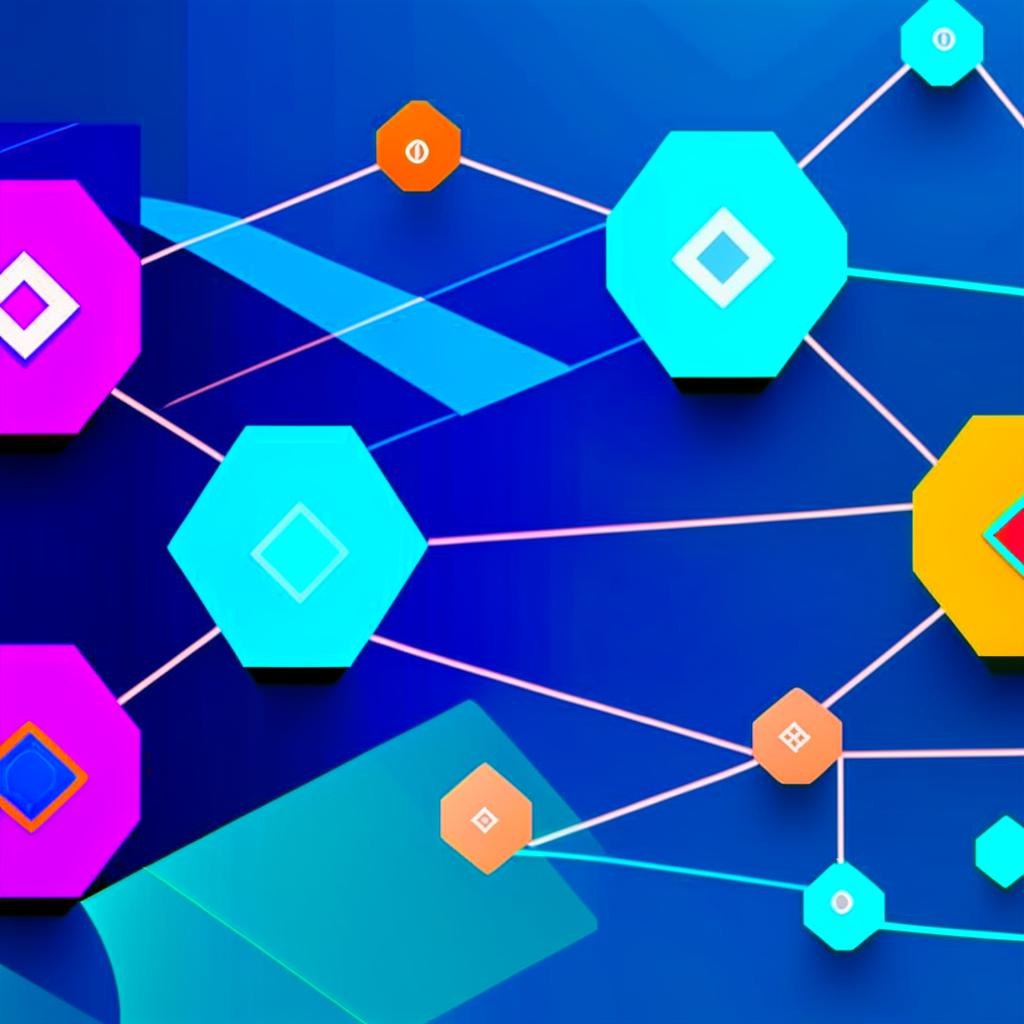In a rapidly evolving digital era where financial technology is the driving force, a disruptive innovation is taking the world by storm: blockchain. The idea of a decentralized, secure, and immutable ledger that can validate transactions without a centralized authority has profound implications for everything from finance to governance.
Each day, the blockchain landscape diversifies, offering countless platforms from Bitcoin to Ethereum, Ripple to Polkadot, and many more. While this growth is undoubtedly a testament to the technology’s potential, it also leads to a burgeoning issue – the lack of interoperability.
Like the Tower of Babel’s story, where diverse languages led to confusion and dispersion, the blockchain ecosystem faces a similar predicament. In its current state, each blockchain speaks a different language, creating barriers in communication, thus hindering efficiency, usability, and growth.
The Interoperability Imperative: Why it Matters

For blockchain technology to achieve its full potential, interoperability – the ability for different blockchains to communicate and interact with each other – is critical. Imagine being unable to send an email from Gmail to Yahoo, or being unable to call a friend who uses a different cell service provider. That’s the reality of today’s blockchain networks, and it’s stifling innovation.
With interoperability, we can create a network of blockchains – a ‘blockchain of blockchains’, if you will, where digital assets and information can be freely transferred and exchanged. This could potentially revolutionize industries from finance to supply chain, health care to gaming.
The Current State of Blockchain Interoperability
Despite the critical need for blockchain interoperability, the progress has been relatively slow. Blockchain platforms like Ethereum, Bitcoin, and Ripple work primarily in isolation, creating so-called “siloed” ecosystems.
However, some emerging projects are focusing on the interoperability problem. Cosmos and Polkadot, for instance, aim to build ‘internet of blockchains’, allowing distinct blockchains to interact and share information. Another promising project is Chainlink, which focuses on ‘oracles’ that can provide reliable and secure data from off-chain sources to on-chain applications.
Yet, these solutions are in their infancy and face challenges like security and scalability. Indeed, it’s a steep hill to climb, but given the stakes, the efforts to overcome these obstacles are well worth it.
Bridging the Gap: Challenges and Solutions
Developing interoperable blockchain solutions isn’t as simple as it might seem. There are technical challenges, security concerns, and issues around standardization.
- Technical Challenges: Different blockchains operate on distinct consensus mechanisms, like Proof-of-Work (PoW), Proof-of-Stake (PoS), or Delegated Proof-of-Stake (DPoS). Developing a universal layer that can handle these diverse mechanisms is challenging.
- Security Concerns: Interoperability means opening up a network to interact with others, which may introduce new vulnerabilities.
- Standardization: Lack of standardization is a massive obstacle to interoperability. Just as we have standard protocols for the internet (like HTTP, TCP/IP), we need similar protocols for blockchains.
Fortunately, solutions are being explored. Projects like Cosmos and Polkadot are working on ‘inter-blockchain communication protocols’ to address technical challenges. For security, novel cryptographic techniques, like zero-knowledge proofs and secure multi-party computation, are being used. For standardization, organizations like the Enterprise Ethereum Alliance and InterWork Alliance are trying to define universal standards.
The Road Ahead: A Unified Blockchain Ecosystem
While we’re still in the early stages, the signs are promising. Many believe that as the internet evolved to become an interoperable network of networks, so will blockchain. Blockchain interoperability has the potential to pave the way for decentralized exchanges, cross-chain applications, and much more.
Conclusion: Interoperability – The Key to Blockchain’s Future
Interoperability is not just about improving blockchain technology – it’s about shaping a future where we can fully leverage the power of decentralized networks. The bridge that links these isolated blockchain islands may be under construction, but the vision of a cohesive, interoperable blockchain ecosystem is clear.
To quote Polkadot’s founder Gavin Wood, “Interoperability is as much a matter of economic necessity as it is technical”. It’s high time that we turn this necessity into reality.
Reference Links:
- Nakamoto, S. (2008). Bitcoin: A Peer-to-Peer Electronic Cash System. Link
- Zamyatin, A., et al. (2019). SoK: Communication Across Distributed Ledgers. Link
- Buterin, V. (2016). Ethereum: A Next-Generation Smart Contract and Decentralized Application Platform. Link
- The Polkadot Network: True Interoperability. Link




